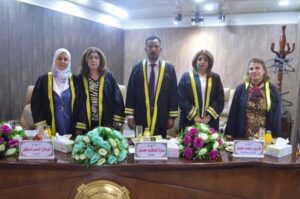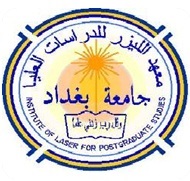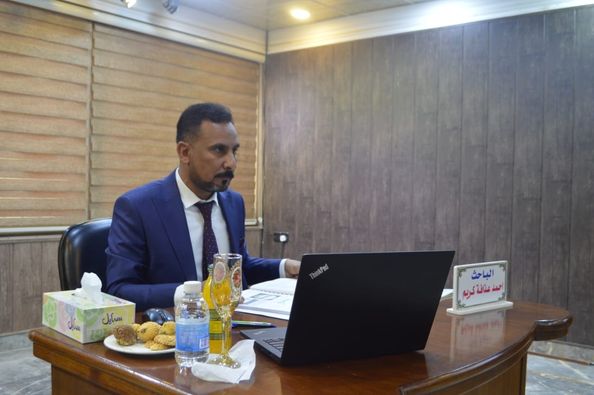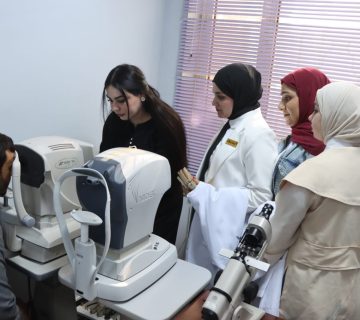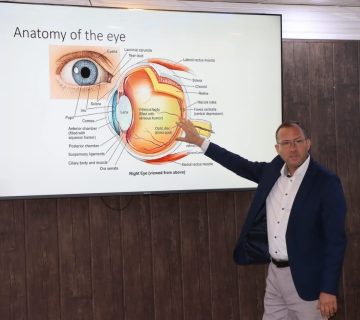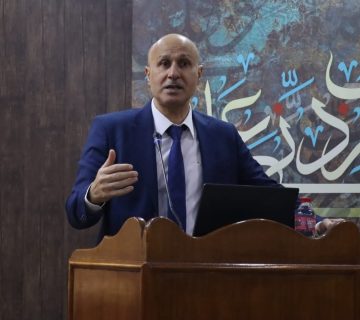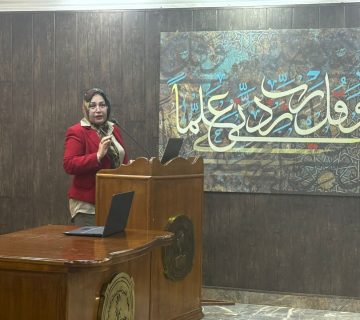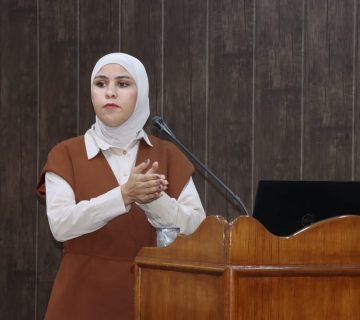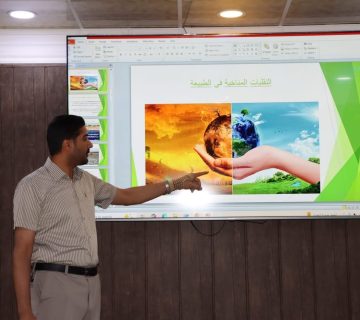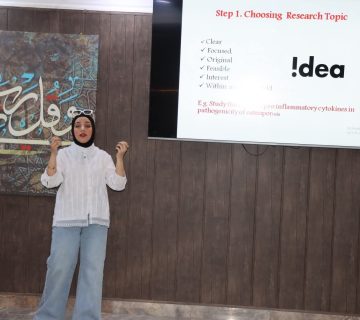The Institute of laser for Postgraduate Studies discussed the thesis of the master’s student Ahmed Athafa Karim / laser applications / electronic and communication engineering for his study entitled
-Optical pulse compression using etched Polarization Maintaining Fiber based Mach-Zehnder Interferometer Optical pulse compression using polarization-based fiber gravure On the Mach-Zeander interferometer
The discussion committee consisted of the gentlemen whose names are listed:
1- Asst. Prof. Dr. Shelan Khosrow Tawfiq/ PhD, Laser_Electronic and Communication Engineering, Electronic and Communication Engineering, The Institute of laser for Postgraduate Studies, University of Baghdad, Chairperson
2- Asst. Prof. Dr. Sarah Kazem Mohsen / PhD in Laser Engineering and Optoelectronics / Laser / Electronic and Communication Engineering / University College of Heritage / Member
3- Inst. Dr. Zeina Abbas Abdel Saleh / PhD. Electronic and Communications Engineering / Electronics and Electricity / Khawarizmi Engineering / Department of Information and Communications Engineering / University of Baghdad / Member
4- Asst. Prof. Dr. Tahrir Safaa Mansour / PhD. Laser/Electronic and Communications Engineering/The Institute of laser for Postgraduate Studies/University of Baghdad/member and supervisor
Where, the aim of the study was to construct an optical signal compressor from an interfering unshelled optical fiber with zero polarization.
The message was included in this study:
-Laser pulse compression is an important technology in high data rate optical communication systems, especially in fiber optic network sensor systems. In this work, a pulse compressor was built using Polarization-maintained fiber-based Mach-Zender interferometer (PMF-MZI) with different configurations: single, cascading, nested, and mixed-nested. The first structure with PMF drilled with variable lengths of 8, 16, 24 cm and an etching time of 30 minutes immersed in hydrofluoride acid.
(HF) (At a concentration of 40%). The second hull was made using PMF etched with a fixed length of 10 cm and a third drilling times 10, 20, 30 minutes, which corresponds to the fiber diameters (1.112, 3.88, 8.72) micrometers, respectively. The PMF is soldered between two segments of single-mode fiber (SMF) (10m long).cm. Four water samples were used (sea water, shallow water, coastal water, and distilled water), as a surrounding medium. Cascading single MZI and Sagnac interleaved were investigated using a laser source 7.1546 nm pulse with a full-width half-width maximum (FWHM) of 286 pm and a pulse duration of 9 ns. In this work, the stress factor (FC) is the figure of merit that decides the performance of the designed systems. It was completed obtaining the optimal value of FC = 1.1 using a single MZI-PMF and 24 cm, cladding thickness 8.72 µm of PMF fiber and shallow water as surrounding medium. The second configuration created by the PMF-MZI of 1.18, is the FC of the third value. Distilled water FC = 1.5 cascading displays of PMF-MZI interleaved seawater with a length of 10 cm of PMF fibers. In a hybrid Sagnac interferometer, consisting from a nested MZI-PMF, fixed-length FC = 5.1 PMF with seawater.
Among the most important recommendations of the study:
-Modern optical communications require a narrow optical source with a specific spectrum that does not interfere with the optical source of the adjacent user. Therefore, optical fiber interferometers were built using polarization-conserving, de-shelled optical fibers of different thicknesses.
The lowest signal compression factor was obtained in the case of single interfering, and its value was 1.1
While its value was 1.5 in the case of the interlocking and interlocking sanyak type, as well as the mixed grid interlocking sanyak type.
